Activity #4 – Make Your Own Rain Gauge
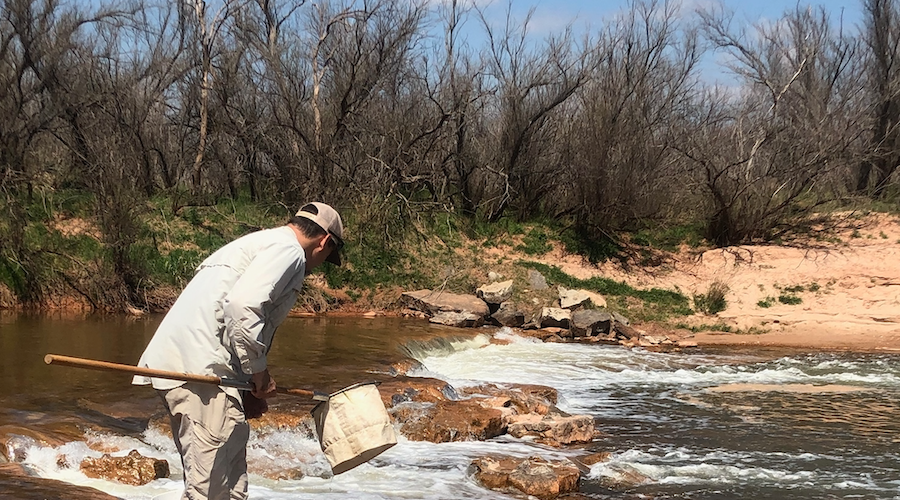
We are so Thankful for Water!
Wonderful water: Every living thing needs water to survive. Humans can live only about 3 days without water. We depend on water for drinking. We need water to grow food. We bathe in water. We need water to make things we use in our lives, from clothes to cars. We are so thankful for water!
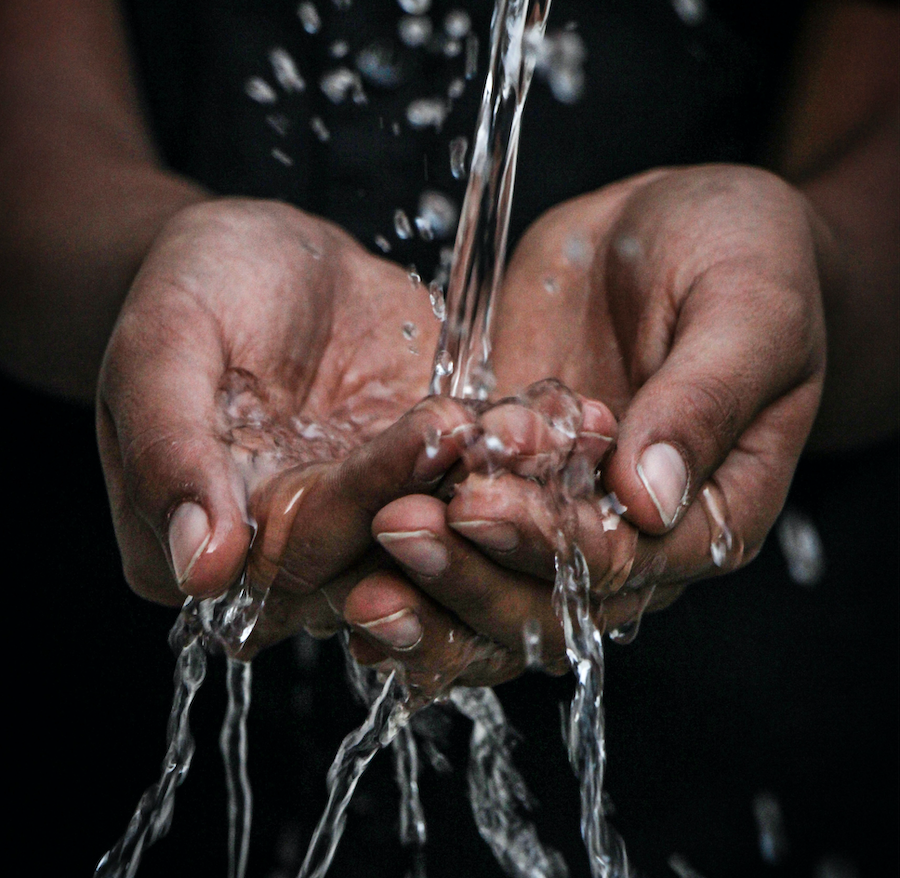
We all have first-hand experience with water, every day, every minute. Water surrounds us. It is in the air we breathe. It is in the air as rain, ice, snow, steam, and fog. It is in lakes, streams, rivers, oceans, and glaciers. It makes up most of the volume of plants and animals, including humans. Humans are about 65% water. Your blood is about 80-90% water, and your muscles are about 75% water.
Our planet is often called the Water Planet.
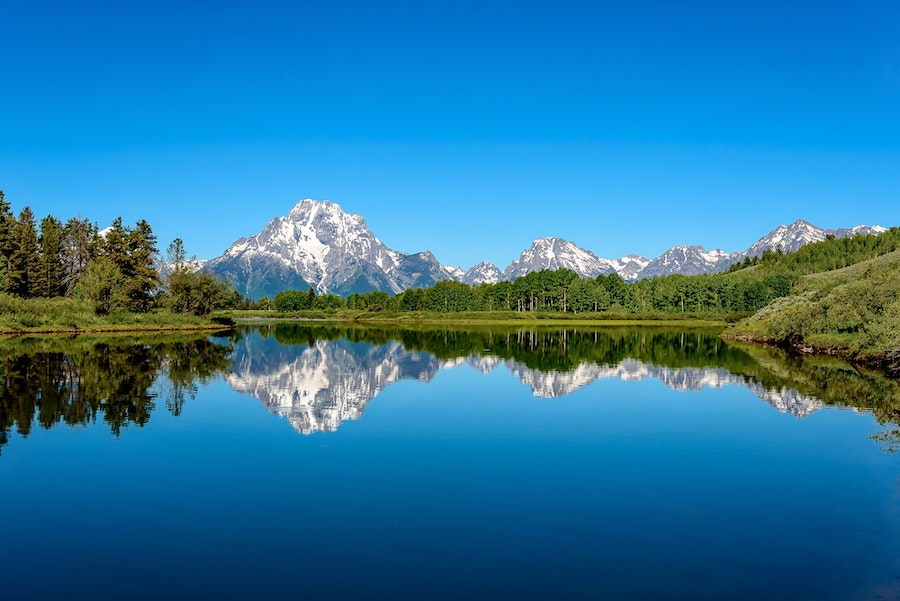
The water we have today is the same water we have always had on Earth. Each drop is used over and over again. If dinosaurs had brushed their teeth, the same water they used would be what we are using today to brush ours. Why is that?
TheWater Cycle, of course.
I’m sure you know something about the water cycle, but let’s review.
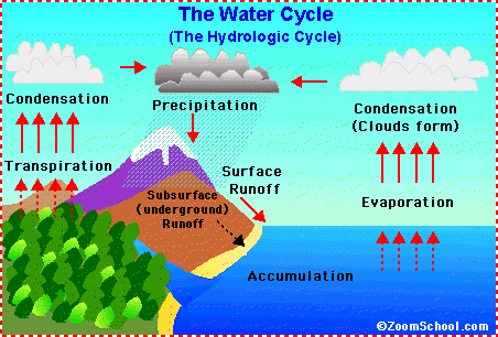
WATER CYCLE INFORMATION
Evaporation – what is it? Water changes from a liquid state to a gaseous state/vapor.
Condensation – opposite of evaporation. Water vapor or gas is changed into a liquid. Water droplets from condensation get together and form clouds.
Precipitation – small droplets in the clouds form larger droplets and rain drops fall to earth. This is the way water travels from the earth to the atmosphere and back to earth.
Infiltration – this is rain water soaking into the ground and infiltrates through soil and rock layers and helps clean the water.
Transpiration – one final process in the water cycle occurs when plants absorb water from the soil, and it goes up the stems and reaches the leaves, and some evaporates from the leaves, adding water vapor in the air which helps create more chance of clouds forming and more rain falling.
Collection & Surface runoff – rain or precipitation runs off the surface of land and flows down into streams, rivers, lakes, and into the ocean. This is important because a great deal of evaporation occurs in the oceans.
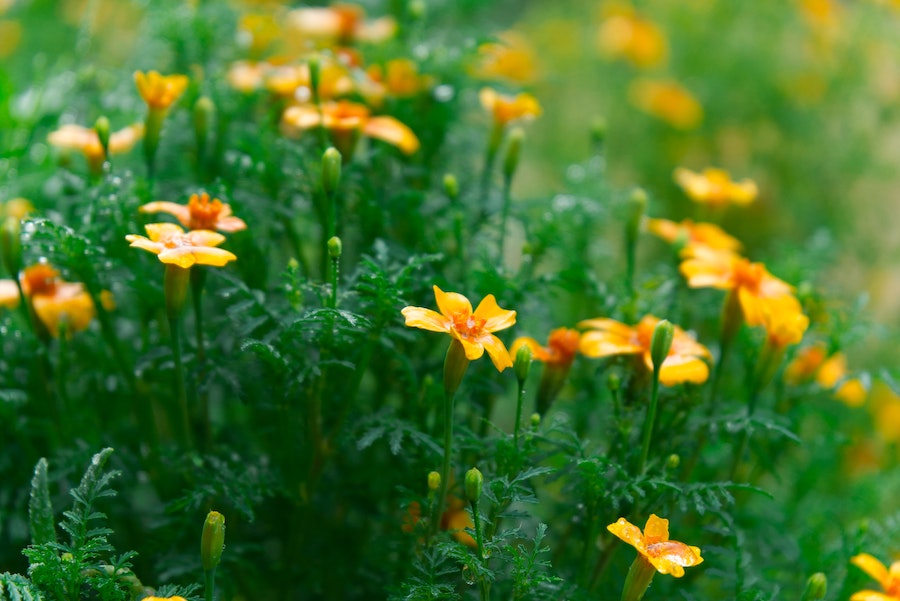
Did you ever wonder about how much rainfall you get in a year in Seymour? Or in Muenster or Gainesville or Jacksboro?
Seymour – 28 inches
Muenster or Gainesville – 38 inches
Jacksboro – 33 inches
Or your hometown – ??
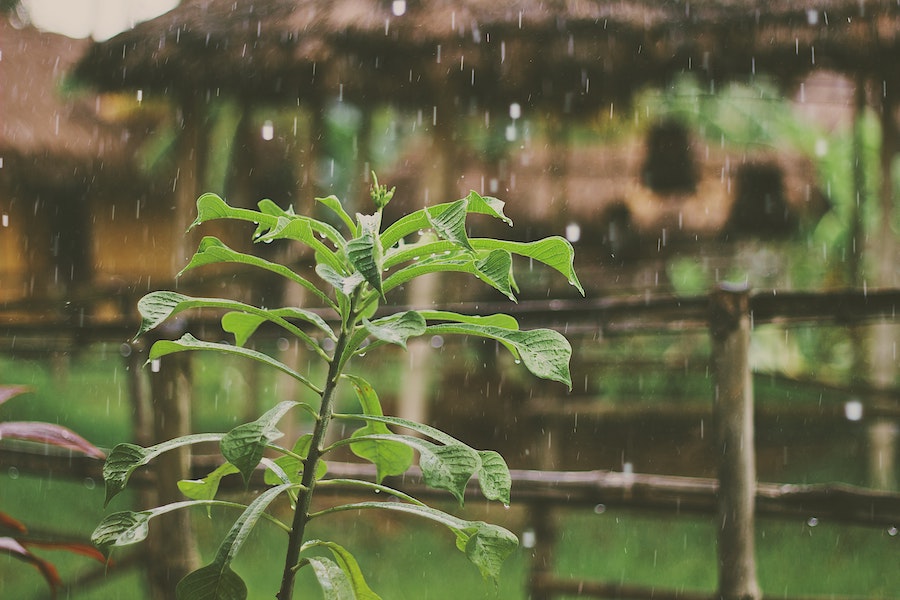
Rainfall is very important. You depend on rainfall. Our farmers and ranchers depend on rainfall to grow their crops and raise their livestock. Have you ever heard people in your town talk about a drought – a shortage of rainfall that leads to a shortage of water? In 2011, Texas was in a drought. Most of Texas got half of their average rainfall. How much rainfall did your town get in 2011 if it only got half of the yearly average?
We know how much rainfall we get because it is measured and you can measure how much rainfall you get at your home with your own rain gauge.
Let’s make our very own rain gauge.

Here is what you need:
1 glass jar (Mason Jar, Spaghetti Sauce Jar, etc) which has been washed clean)
1 plastic ruler
Tape
Step 1: Location – First, find a good location for your rain gauge outside. Make sure it is in a safe place, where it won’t get knocked over or bothered by animals. If you don’t want to wait for the next time it rains, put you rain gauge out under the sprinkler just to test it out.
Step 2: The Gauge – Place your ruler inside your empty jar with the numbers facing out. Make sure the end of the ruler rests on the bottom of the jar and it stands straight up and down. Use a piece of tape on the top of the ruler to hold it in place.
If you don’t want to leave the ruler in the jar – put it in the jar, and then using the ruler as a guide put the numbers on the outside of your jar with a permanent marker. That is the way I made mine.
Step 3: Collect and Record – Place your rain gauge where it will collect water and begin recording your measurements. Record your results and don’t forget to empty your jar after each rain (whether the water comes from the sprinkler or the sky).
In my hometown, the local radio station asks folks to call in rainfall reports. If you have a local radio station, I bet they would appreciate rainfall reports from you.
Have fun,
Mrs. Maddox
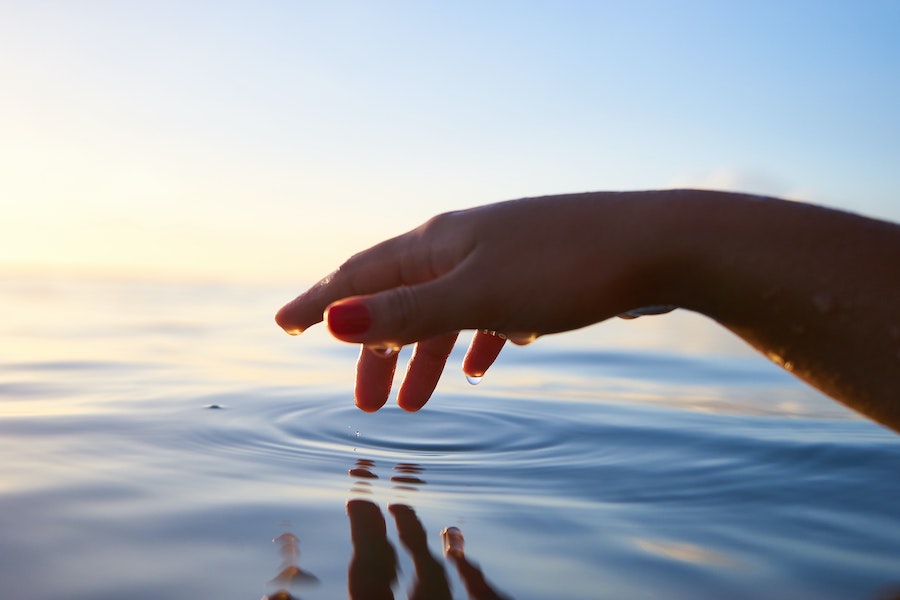
(Making a rain gauge was adapted from the Am. Farm Bureau Foundation for Agriculture.)
